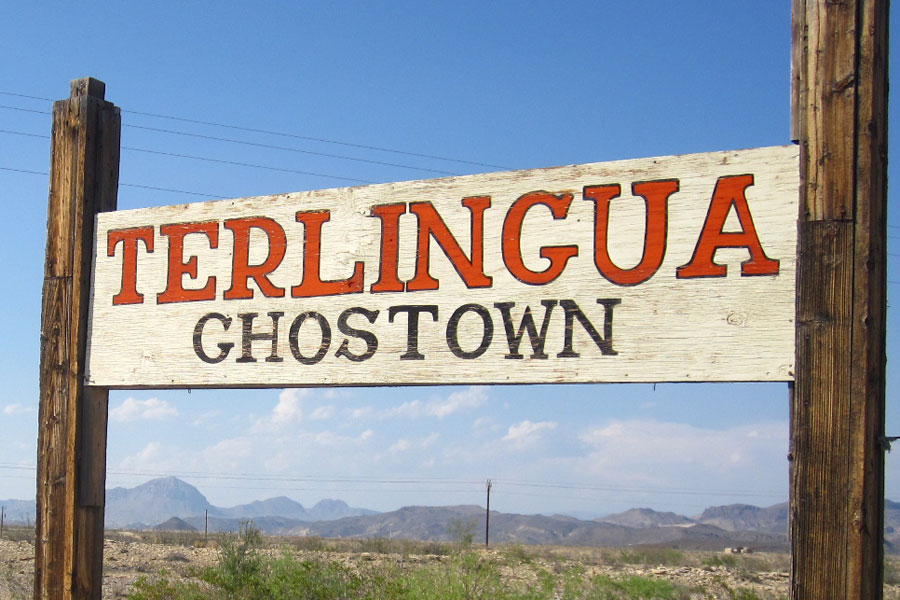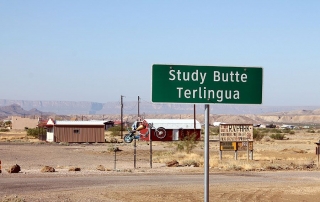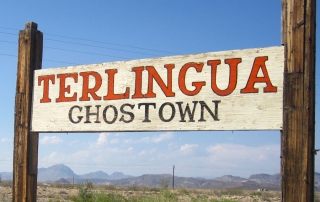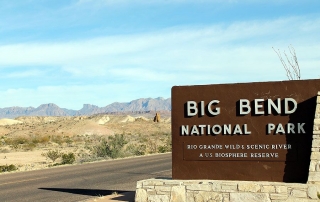Perhaps the best-kept secret about the Big Bend is the view from the porch in Terlingua Ghost Town. Most afternoons you can see the Santa Fe de Los Pinos mountain range over 80 miles south in Mexico, and of course such local landmarks as the Chisos Mountains and Mule Ears peaks. Visitors will also find a trading company/gift shop, art galleries, unique lodging options, restaurants, and bars. Terlingua was a mining town around the turn of the century and was the site of the first famous championship chili cook off in 1967, that today draws over 10,000 “chili heads” from all over the world on the first Saturday every November.
The Chisos Mining Company, was established in 1903 at Terlingua . Founded by Howard E. Perry, a Chicago industrialist, the Chisos reported the first recovery in 1903, and during the next three decades became one of the nation’s leading producers of quicksilver. Initially the company processed the cinnabar ore in primitive retorts, where the silver liquid metal is recovered through a simple baking process. As production increased, Perry turned to more industrialized methods . Exploration continued, and in 1914 the company discovered one of the richest veins of cinnabar ore in the Terlingua district. This discovery coincided with the outbreak of World War I, and with the increased military demands for the product, the company entered its most successful period. Several factors contributed to the success. First, the property contained some of the richest ore in the quicksilver district; second; Perry engaged men of outstanding caliber to supervise the onsite operations ; third, quicksilver prices peaked during World War I, the period of the mine’s maximum recovery; and fourth, an abundance of cheap Mexican labor. The community of Terlingua grew up around the mine. Up to 2,000 inhabitants had access to facilities of modern civilization: a company-owned commissary and hotel, several excellent dwellings (for Anglo employees), a school, a company doctor, telephone service, a dependable water supply, and three-times-a-week mail delivery. Prior to the use of mechanized vehicles in the early 1930s, the mule-drawn wagontrains that delivered the quicksilver to the railroad at Alpine and Marathon supplied the settlement. Production declined during the late 1930s, and on October 1, 1942, the company filed for bankruptcy.








